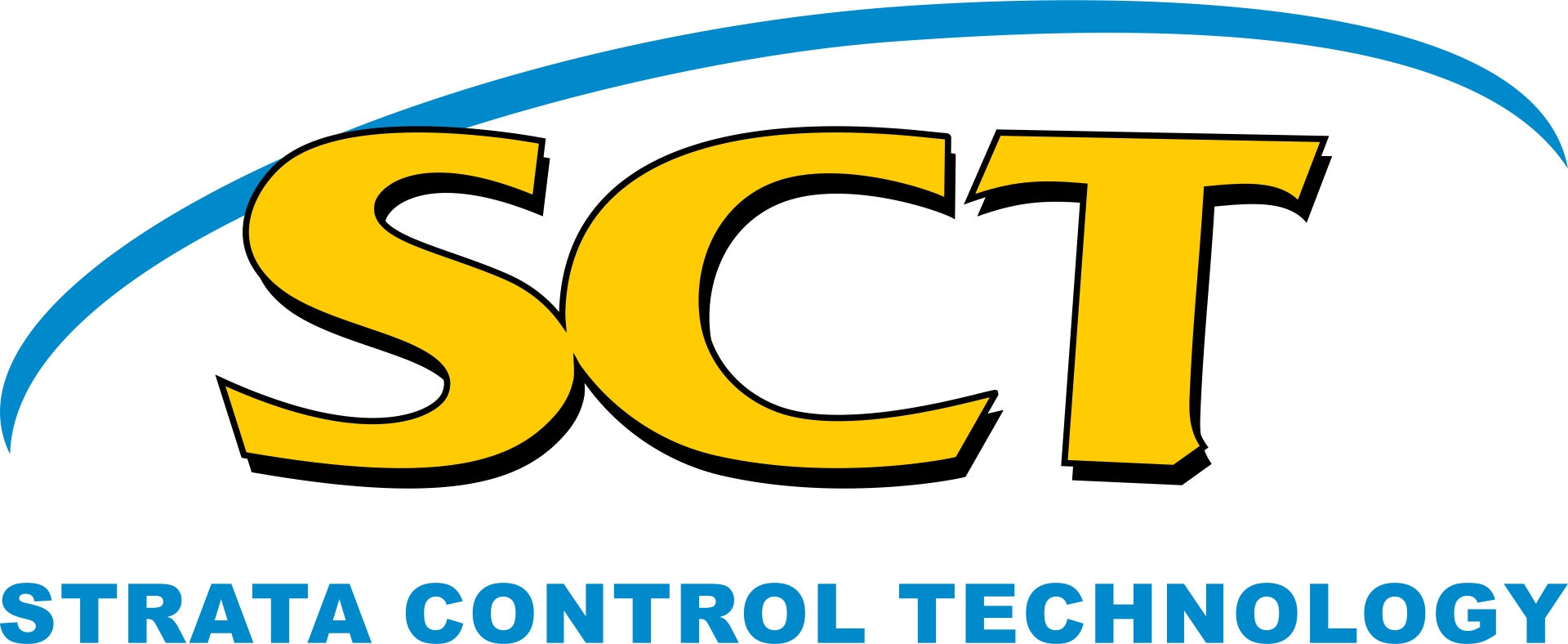Welcome to SCT's own publications library which contains a collection of recent publications and other resources with reliable research about our technology.
-
Dynamic model of fault slip and its effect on coal bursts in deep mines
Published Feb, 2021The success of deep mining operations relies upon controlling the fractured ground. It is a documented knowledge that many coal bursts occur when mining close to the existing faults. Gradual stress relief towards excavations and other mechanisms can unload stress normal to the nearby fault plane causing it to slip. The generated seismic waves impact the mine roadway rib sides and can produce a coal burst. As part of the ACARP project, the FLAC3d dynamic numerical model was used to show how a fault slip at various locations and orientations may initiate a coal burst. This study simulates an artificial fault slip with peak velocity reaching 4m/s in 0.013 seconds and displacing 119mm in total. Seismic induced peak particle velocities in rock and its influence on coal rib stability were investigated. 89 numerical models with various fault locations and orientations at 450m depth indicated that a 4 tonne coal block can be ejected from the mine roadway rib side at speeds of up to 5m/s. The important finding is that irrespective of the fault slip magnitude, the fault geometry and the in-situ stresses enable to predict which side of the mine roadway may experience the coal burst. Instructing the mine personnel to use the other side of the roadway may improve their safety. Overall, this research produced preliminary results to prove that this method can be used to flag the coal burst dangers for certain fault locations and orientations in deeper mines irrespective of the fault slip properties that are typically difficult to predict. Dynamic-model-of-fault-slip-and-its-effect-on-coal-bursts-in-deep-GV.pdf933 KB -
Dynamic analysis of fault slips and their influence on coal mine rib stability
Published Feb, 2020Historical data indicate that in deep coal mines the presence of faults in close proximity to excavations affect the frequency of coal bursts. A number of researchers have attempted to correlate the fault geometries to the frequency and severity of coal bursts but dynamic numerical modelling has not been used to show how faults can affect coal ejection from the rib side. The dynamic numerical analysis presented here show how different orientations of fault slips may affect coal bursts. To prove the concept, 89 cases of slipping fault geometries were modelled using the FLAC3D software and their effect on rib stability investigated. The results indicate that there is a simple and logical correlation between the fault location, its slip velocity and the ejection of the yielded coal rib side. The seismic compressive wave generates rock/coal mass velocities that directly impact the rib side. If the coal rib is relatively disturbed and loose, these velocities can cause its ejection into the excavation. The slip direction typically impacts one side of the mine roadway only. A 1 m thick loose coal block attached to the 3 m high rib side in mine roadway was ejected at speeds ranging from 2.5 to 5 m/s depending on the fault location, its orientation and the maximum fault slip velocity modelled at 4 m/s. Dynamic-analysis-of-fault-slips-and-their-influence-on-coal-mine-2020-GV.pdf1.6 MB -
Numerical model of dynamic rock fracture process during coal burst
Published Feb, 2020Coal bursts present one of the most severe hazards challenging the safe operations in underground coal work environments. In Australia, these events are becoming increasingly frequent as coal measures are mined progressively deeper. This study is supported by the Australian Coal Association Research Program (ACARP) which aims to better understand the phenomena of coal burst. In this paper the dynamic fracture process of coal bursts was successfully simulated in the coal roadway. This was achieved using dynamic analysis utilising DRFM2D routine by Venticinque and Nemcik (2017) in FLAC2D (Itasca, 2015) which complemented previous study observations by Venticinque and Nemcik (2018). This is significant because until now the evolving dynamic rock fracture process during coal burst remained unknown. Additionally, coal/rock burst events were shown from simulation as being
largely driven by the propagation of shear fractures from within the rib. This was demonstrated to produce effect forcing the dynamic conversion and release of potential energy stored as compressive strain in the rib into kinetic movement of the entire rib section. This entire process was shown to occur very fast taking approximately 0.2 seconds for a coal burst to fully establish, with ejection of several meters of rib at a velocity of 1.6 m/s produced in the model of an underground coal roadway having 550 m depth of cover.
Numerical-model-of-dynamic-rock-fracture-process-during-coal-burst-2020-GV.pdf960 KB -
Insights into the Energy Sources of Bursts in Coal Mines and the Effective of Prevention and Control Measures - Mahdi Zoorabadi - Winton Gale
Published Feb, 2018Coalburst is a general term, which is commonly used in the coal mining industry for the violent failures of coal in the ribs and face of roadways and panels in underground coalmines. Due to lack of interest in the industry to reveal the causing source of the event, or due to uncertainty about the source, they happily use this term. The term by its own does not reveal the source of the energy, which causes the event. There are three sources of energy that can cause a burst event in underground coalmines: 1) store elastic strain energy, 2) seismic events and 3) gas expansion energy. This paper presents the fundamentals about these sources of energies and discusses our known and unknown facts about the mechanisms. Additionally, it discusses the reliability and effectiveness of stress relief holes and gas exhaust holes as controlling measures to prevent burst events. Insights-into-the-Energy-Sources-of-Bursts-in-Coal-Mines-and-the-Effective-of-Prevention-and-Control-Measures-M.Zoorabadi-2018.pdf1.4 MB
